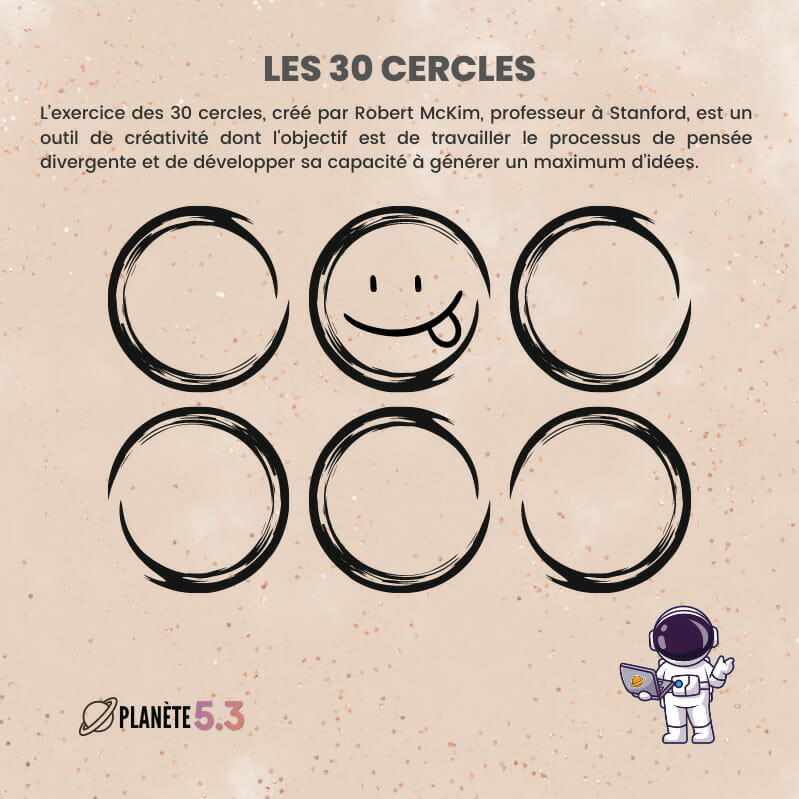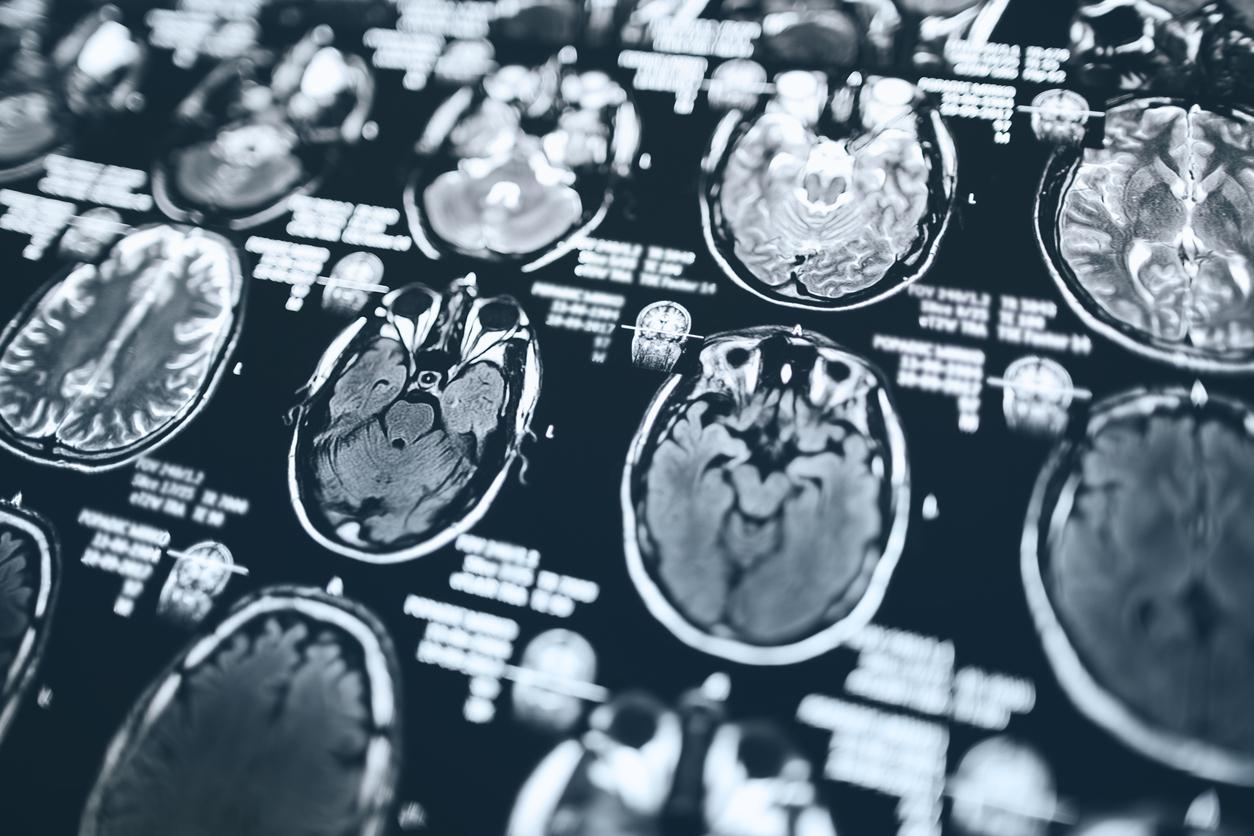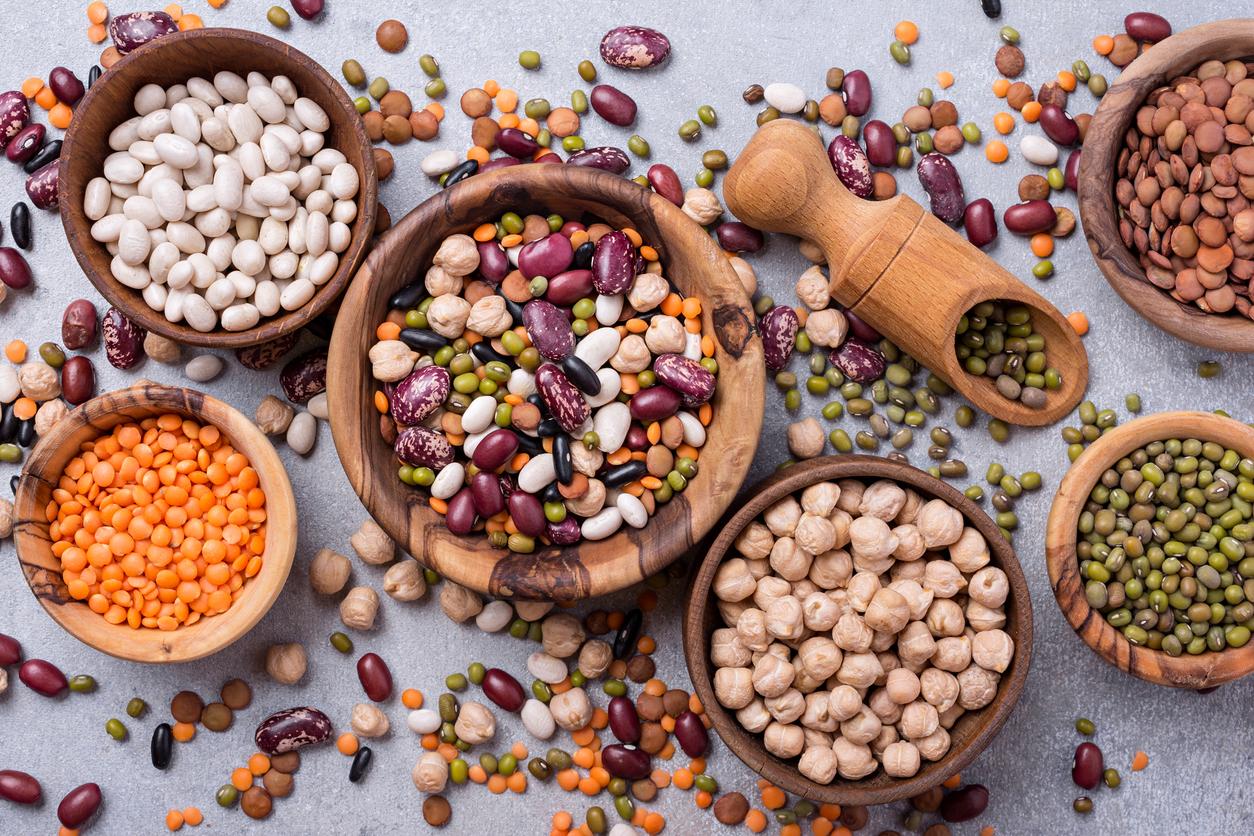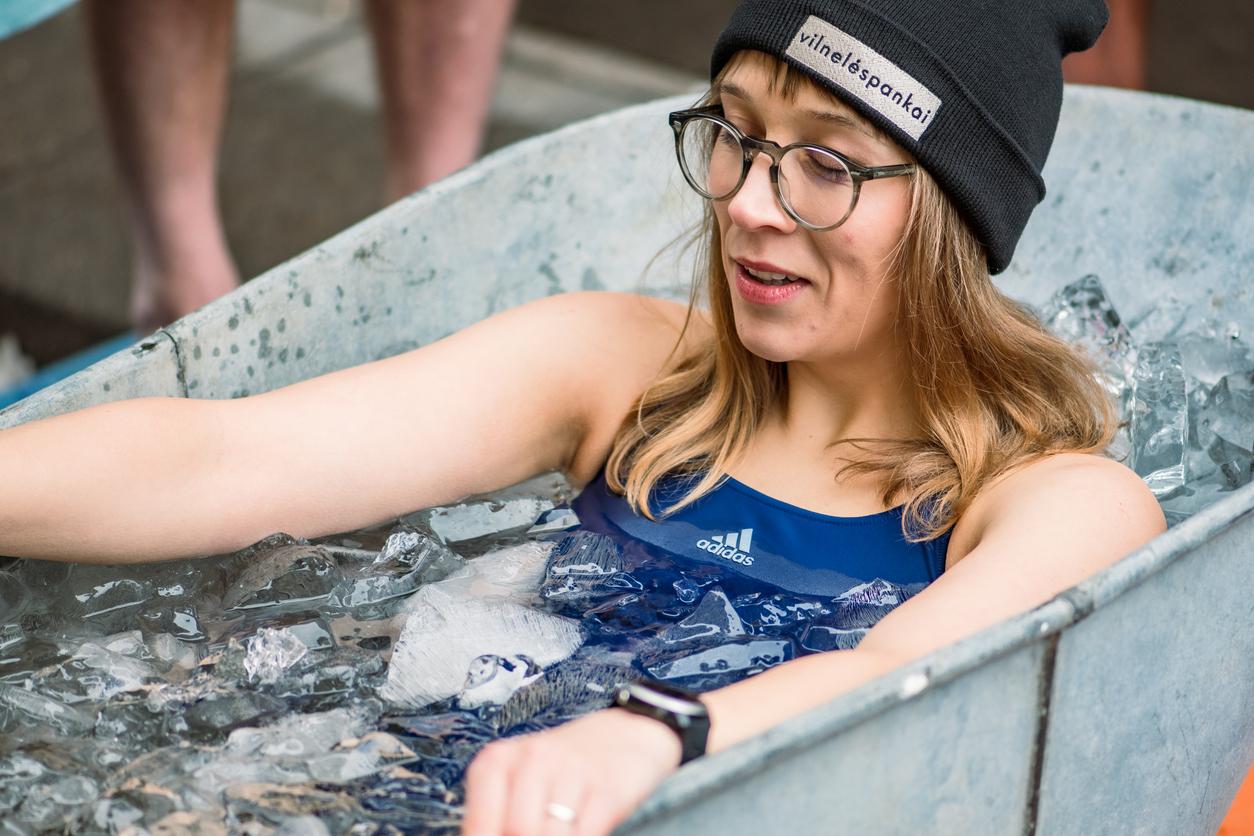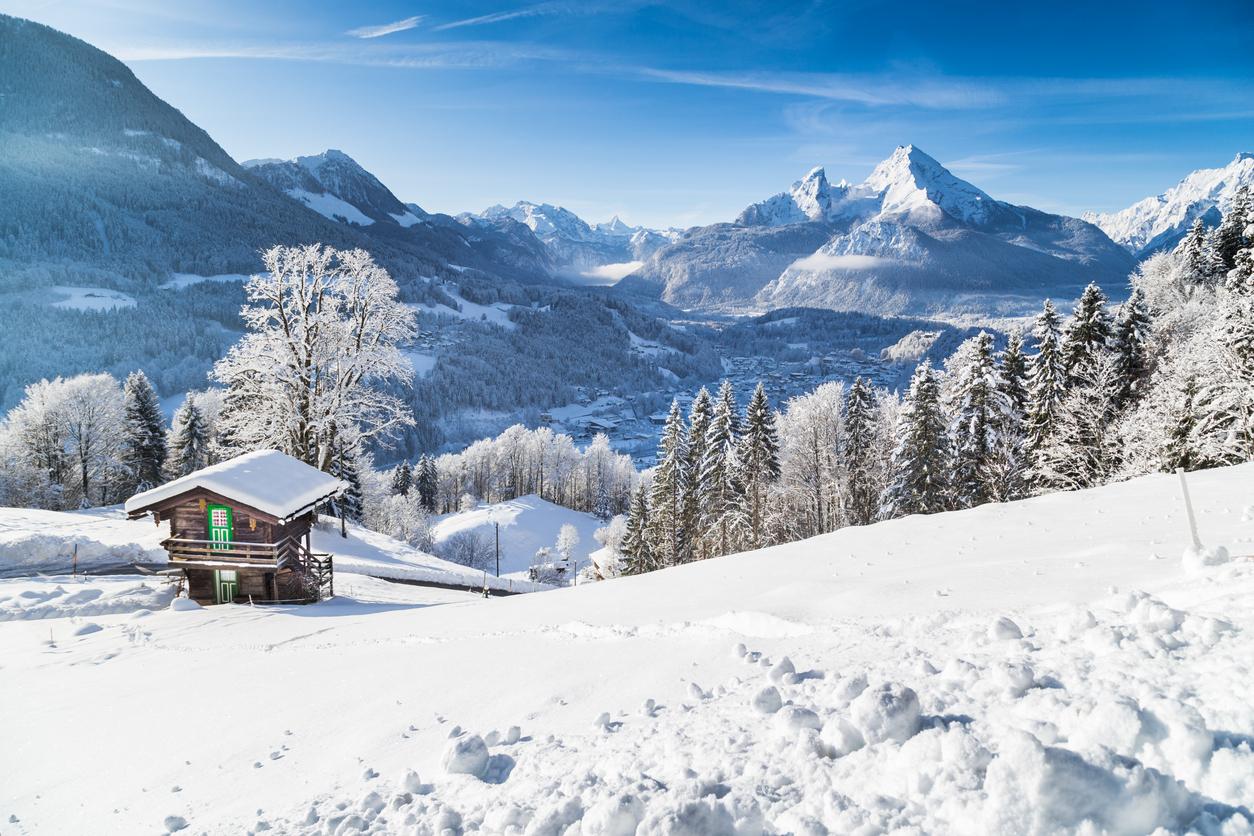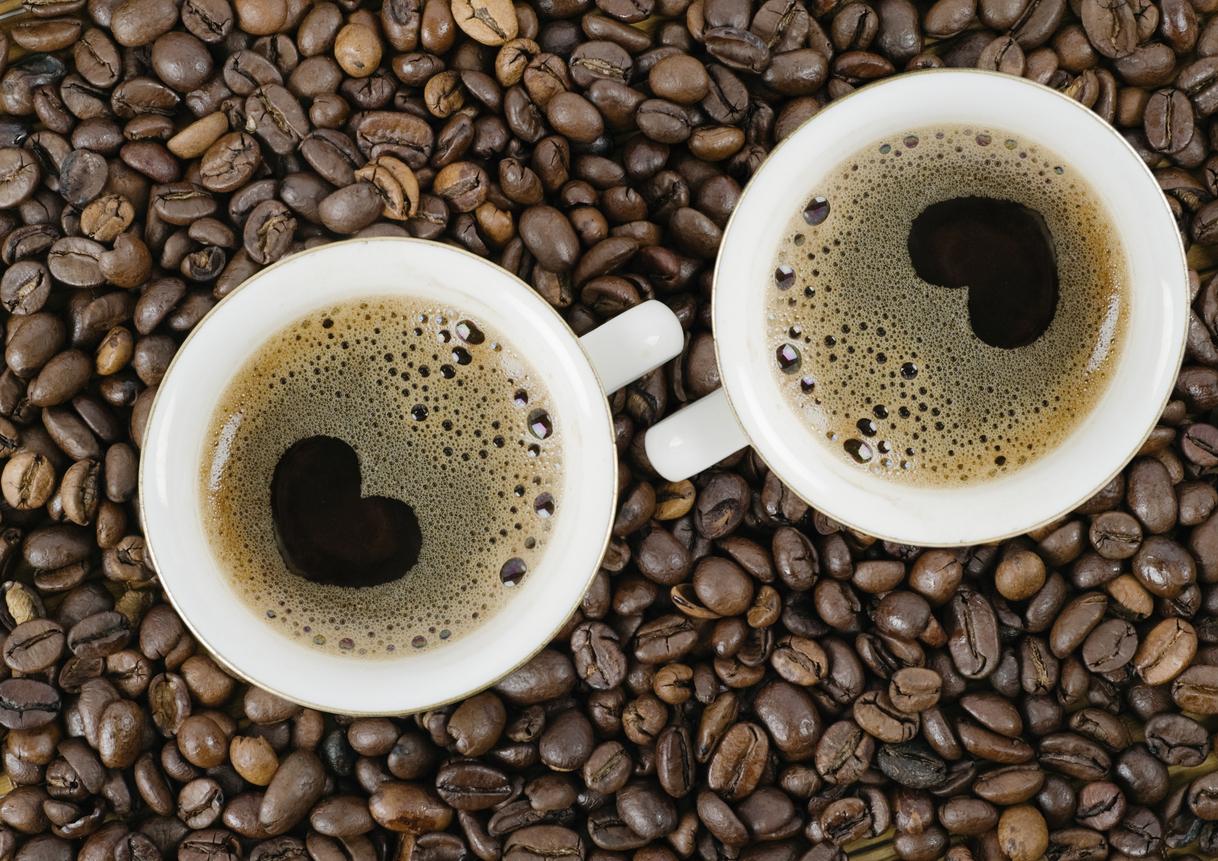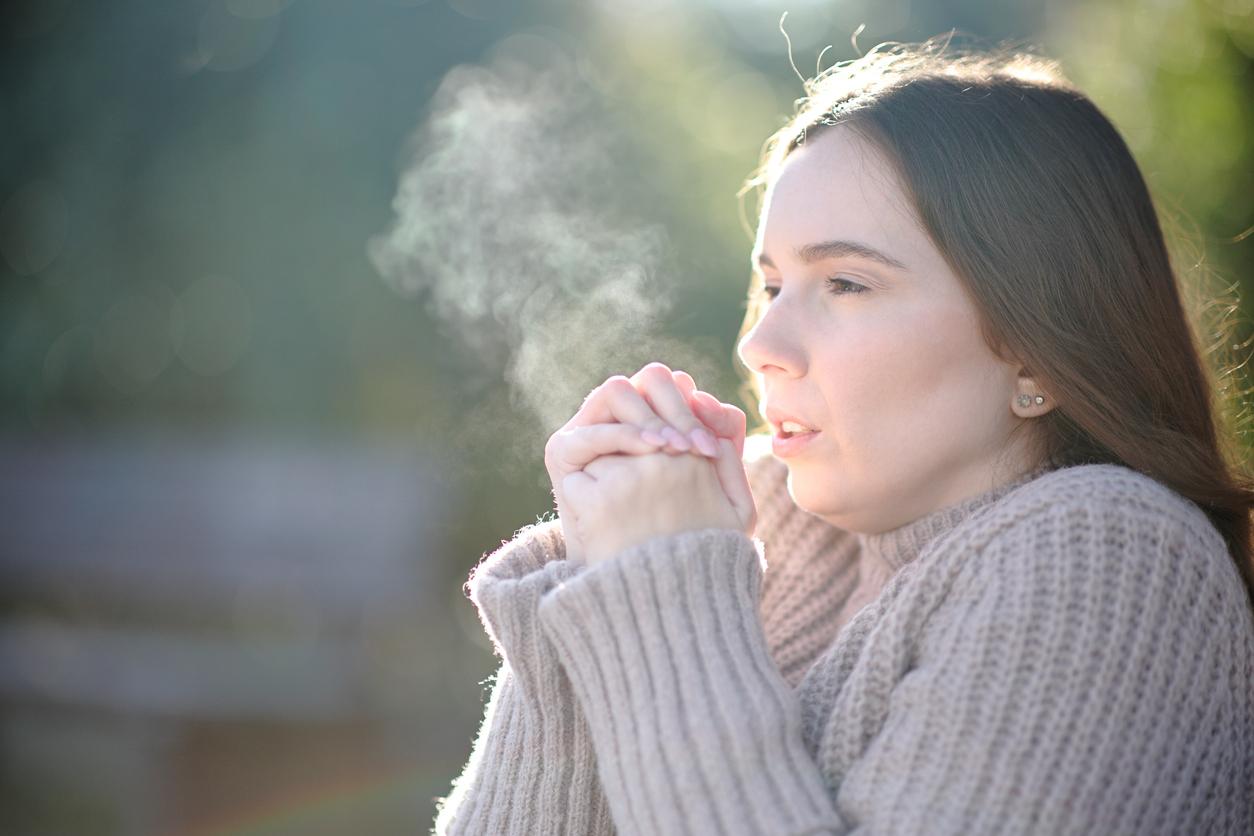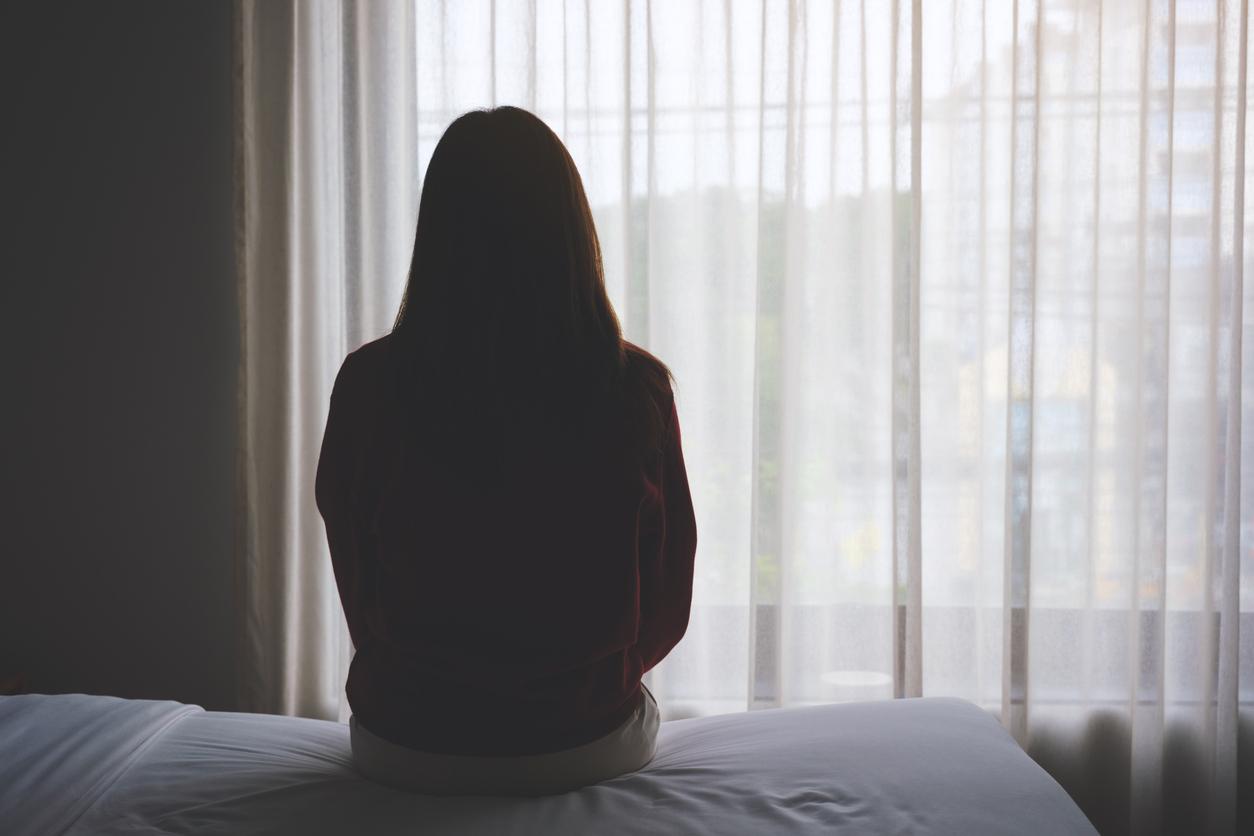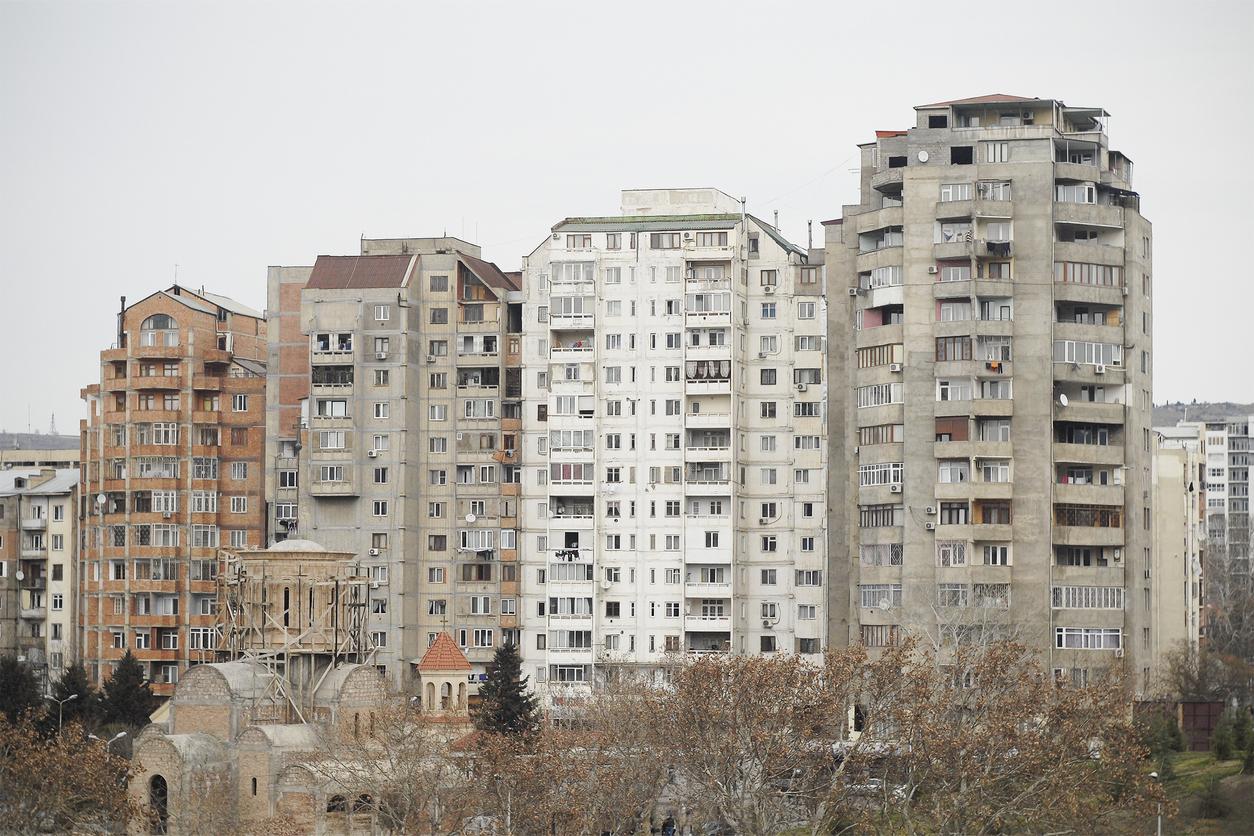We always think that the cold preserves… But from the first frosts, we prefer to protect ourselves from it. It turns out that the cold kills more than the heat, there are at least 5,000 deaths per year. But let’s not forget that it can relieve and that it remains one of the most modern survival techniques.
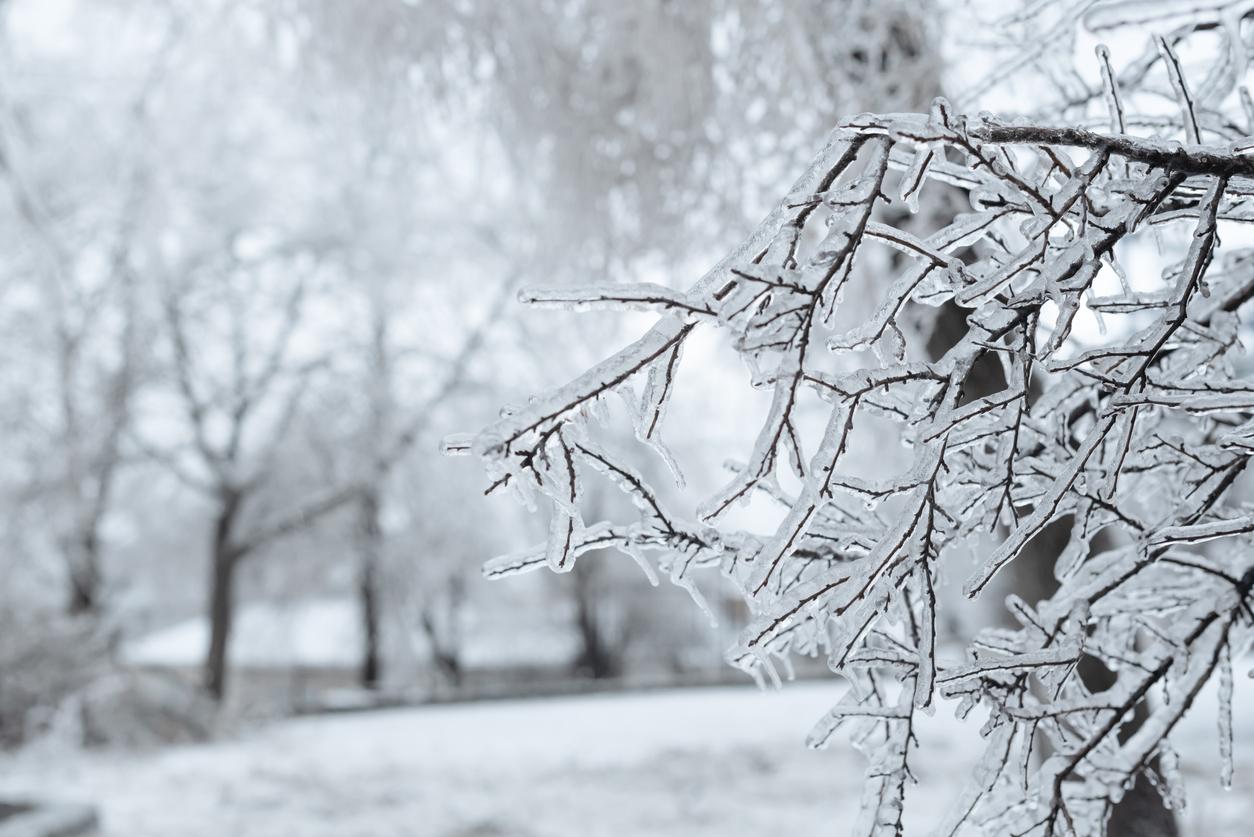
- The cold can have negative effects for the body but also benefits.
- Cold is used in cryotherapy, cardiac surgery and by emergency services.
Each cold spell translates its tragedy, around fifty homeless people are found dead each year. In addition, thousands of French people, whose living conditions are precarious, suffer from the cold, in particular the elderly who do not support the thermal amplitude represented by the repeated passage from an overheated room to the rest of an icy dwelling. .
Cold: our body does things well
Our personal boiler is not an ordinary heater, but an ultra-precise power plant that must maintain a temperature of 36.5 to 37.5 degrees. Temperature regulation depends on an area in the middle of our brain that sends nerve signals to our muscles to cause piloerection – the scientific term for goosebumps – and then contraction, if our temperature drops. It’s chills of cold. The goal is to generate heat through our muscles. On the contrary, if the body temperature increases, the brain will order the dilation of the blood vessels to dissipate the heat, thus causing blushing and sweating.
In winter, the right dress code is one that avoids chills – because if this is the case, the body suffers – and that does not cause sweating, which can be dangerous, wet clothes losing half of their ability to protection. When we have to go out, the cold air we breathe is not an obstacle because our bodies are prepared. You have to breathe through the nose, which is the organ of respiration. The incoming air is humidified, purified by our hairs, and also warmed by a surprising number of small vessels. In conclusion, protecting yourself from the cold is above all a matter of common sense: loose and adequate clothing, a scarf in front of your mouth…
Cold therapy has been around since ancient times
Cold kills, cold hurts, but cold relieves. Athletes were surprised to discover a kind of freezer where runners are placed to recover better. However, cryotherapy, cold treatment, has existed since Antiquity. It didn’t take long for men to discover the benefits of cold on trauma, but it’s only since the 1970s that groomers have been using ice packs or sprays when one of their foals is injured.
A more modern version is chamber cryotherapy, used to treat stress, insomnia, rheumatism, itching and certain skin conditions like psoriasis. During these very short sessions – less than three minutes – in a refrigerated cabin at minus 110 degrees, the body releases endorphins, substances similar to morphine, to fight against pain.
Another use for one of the benefits of cold comes from the emergency services. Inspired by the miraculous survival during drowning in icy water, they use cooling helmets and freezing substances, which, injected very early, make it possible to prolong the survival time of the brain by several tens of minutes after a cardiac arrest. This is one of the most modern research lines for the emergency services.
Finally, at the beginning of the 20th century, surgeons hesitated to operate on the heart because the constant beating made the surgical gesture imprecise. In the mid-1940s, a Canadian surgeon had the brilliant idea of using cold. He imagined that by cooling the whole organism and reducing the body’s need for oxygen, the heart rate would slow down enough to stop the heart, and thus allow it to open. Today, surgeons still use crushed ice, wrapped in a cloth, placed directly on the heart, to quickly stop the beating. To restart it, just warm up.



